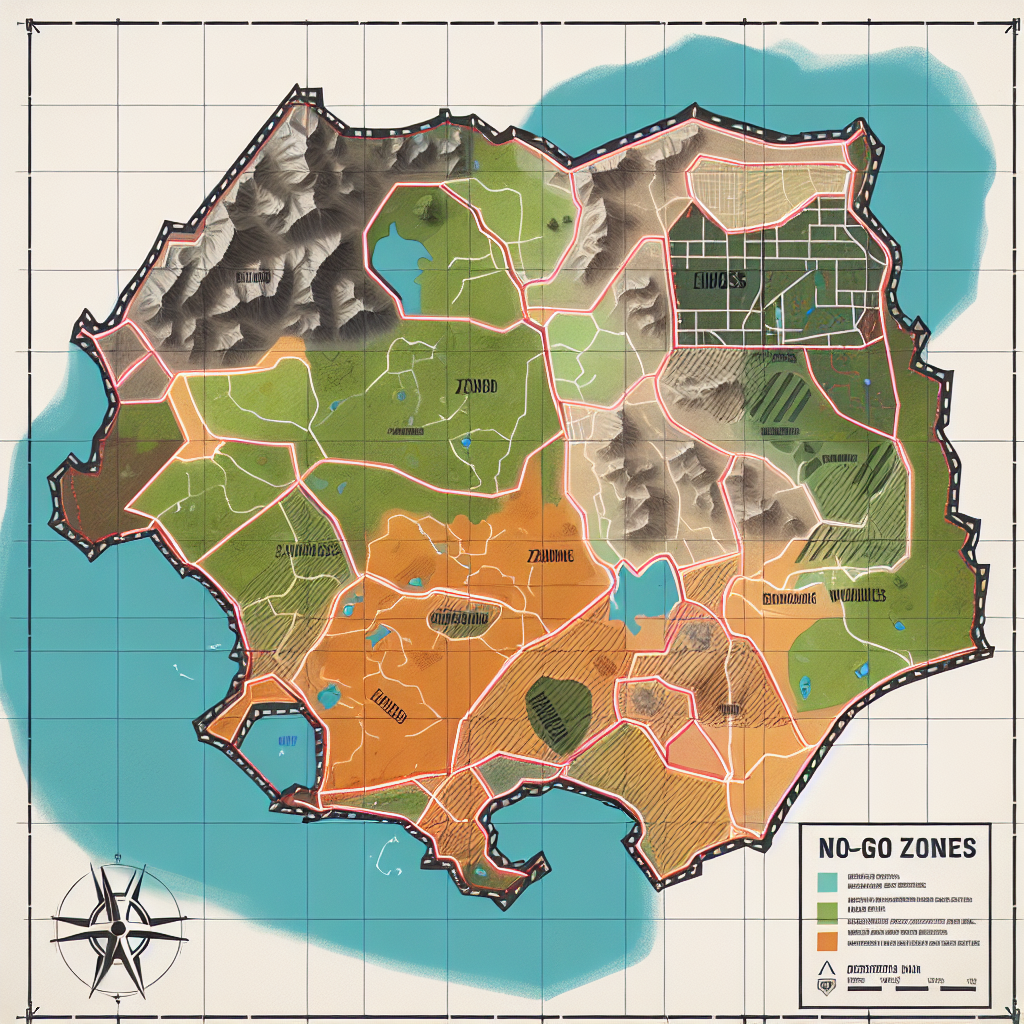Mapping Gaza: 70% Declared No-Go Zones by Israel
Mapping Gaza: 70% Declared No-Go Zones by Israel
Overview
In a significant development, Israel has designated approximately 70% of the Gaza Strip as no-go zones. This decision has profound implications for the region’s humanitarian situation and geopolitical dynamics.
Key Developments
- Security Measures: The declaration is part of Israel’s intensified security measures, aimed at curbing militant activities in the region.
- Humanitarian Impact: The restrictions severely limit the movement of people and goods, exacerbating the humanitarian crisis in Gaza.
- International Reactions: The move has drawn criticism from international bodies and human rights organizations, calling for a reassessment of the restrictions.
Implications for Gaza
The designation of no-go zones has far-reaching consequences for the residents of Gaza:
- Restricted Access: Residents face challenges in accessing essential services, including healthcare and education.
- Economic Strain: The restrictions hinder economic activities, leading to increased unemployment and poverty.
- Humanitarian Aid: Aid organizations struggle to deliver necessary supplies, further straining the already dire situation.
Geopolitical Context
This development is set against a backdrop of ongoing tensions between Israel and Palestinian groups. The no-go zones are part of broader security strategies that have been a point of contention in peace negotiations.
Conclusion
The declaration of 70% of Gaza as no-go zones by Israel marks a critical juncture in the region’s ongoing conflict. While intended as a security measure, the move has significant humanitarian and geopolitical repercussions. The international community continues to monitor the situation, advocating for solutions that balance security concerns with humanitarian needs.













